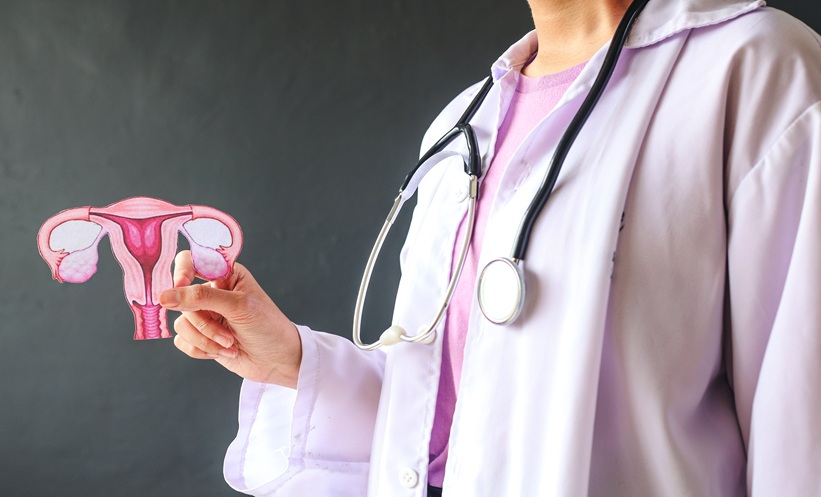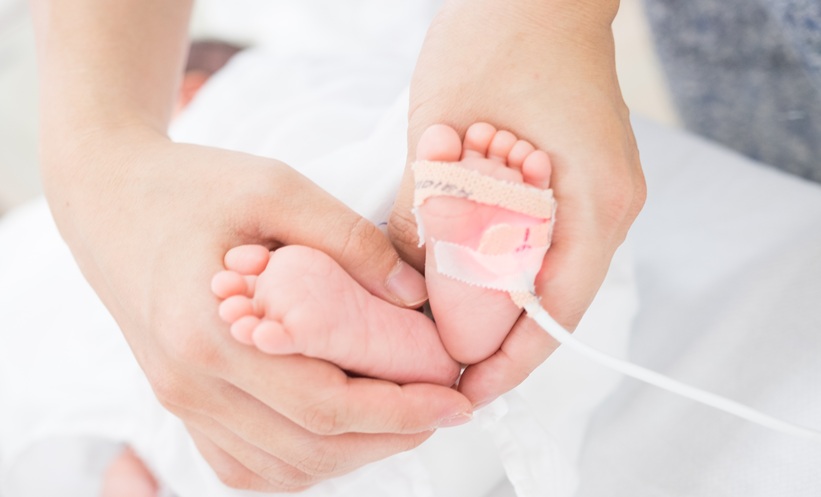The exact causes of embryonic failure during assisted reproduction remain elusive. Aneuploidy can emerge during meiosis and early mitosis and has been linked to reproductive senescence and failure of normal development. Cytoplasmic insufficiency due to mitochondrial replication errors and metabolic energy dysfunction has been suggested as another cause of reproductive failure. Pratt and Muggleton-Harris1 were first to attempt to reverse cytoplasmic failure in a mouse two-cell block model nearly 30 years ago. They were able to overcome the two-cell block by injecting blocked blastomeres in embryos derived from an inbred strain, with cytoplasm extracted from non-blocked blastomeres of an F1-hybrid mouse. The success of these experiments led us to investigate the possibility of ooplasmic transplantation (or cytoplasmic transfer) in the mouse and human in order to investigate the impact of the procedure on embryos from patients with repeated implantation failure.2 Variations on this basic theme have been introduced, investigated, and debated over the ensuing years. These pertain to intervention purpose (for disease prevention or infertility treatment), mode of cytoplasm delivery (nuclear transplantation, mitochondria, or cytoplasm injection), level of precision (‘purified’ mitochondria or whole cytoplasm usage), inter-cell stage synchrony (synchronous or asynchronous), and cytoplasm or mitochondria source (autologous or heterologous). Babies have now been born using all of these pathways. The focus has been mainly on three approaches:
a) Ooplasmic transplantation from donor egg to recipient:
The first children born following clinical application of this experimental approach are now 15–20 years old. A recent survey-based follow-up did not show any major concerns regarding the health and cognitive ability of the children.3 The only exceptional finding was a low rate of disclosure of the intervention to offspring. Earlier concerns regarding non-coding (D-loop region) heteroplasmy and the potential developmental side effects of this condition in inbred mouse models appear not to be relevant in humans, based on this follow-up study.4
b) The use of egg precursor cells (EggPCSM, AUGMENTSM, OvaScience) to source mitochondria extracted from autologous ovarian tissue:
Pregnancies and births have been reported from this procedure.5 Some findings, such as the resemblance of mitochondrial morphology in putative egg precursor cells (from the ovarian surface) with mitochondria in mature oocytes and a higher development rate to blastocysts following egg augmentation with these mitochondria6 are intriguing. Both cytoplasmic transfer and AUGMENT data show that intervention is successful even when there has been a high number of previously failed in vitro fertilisation (IVF) cycles.
c) Pronuclear transfer in cases of repeated implantation failure:
Two babies were born earlier this year following treatment of 16 women, who had experienced previous failed IVF cycles, at the Nadiya clinic in Kiev, Ukraine7 using pronuclear transplantation between donor and patient zygotes; another pregnancy is also ongoing. Zhang et al.8 reported a twin pregnancy using this approach in 2003, but tragically, the babies died during a complicated delivery. The details of this case were reported only recently. Zhang et al.9 were also the first to report the birth of a healthy baby boy to a carrier of a mitochondrial mutation that causes Leigh syndrome, a serious inheritable mitochondrial DNA disease. Women >40 years of age have not been treated using the cytoplasmic transfer approach, but these older women have been treated using the other two modalities. However, treatment has been unsuccessful in this age group. Mitochondrial and cytoplasmic transfers are subject to many ethical and legal limitations and data to support them remain sparse. Although a comparison of pregnancy rates in the younger groups with and without treatment suggests an increase in pregnancy rate with treatment, direct evidence of the efficacy and safety of mitochondrial or cytoplasmic augmentation is still lacking. Carefully conducted trials should therefore be seriously contemplated.








